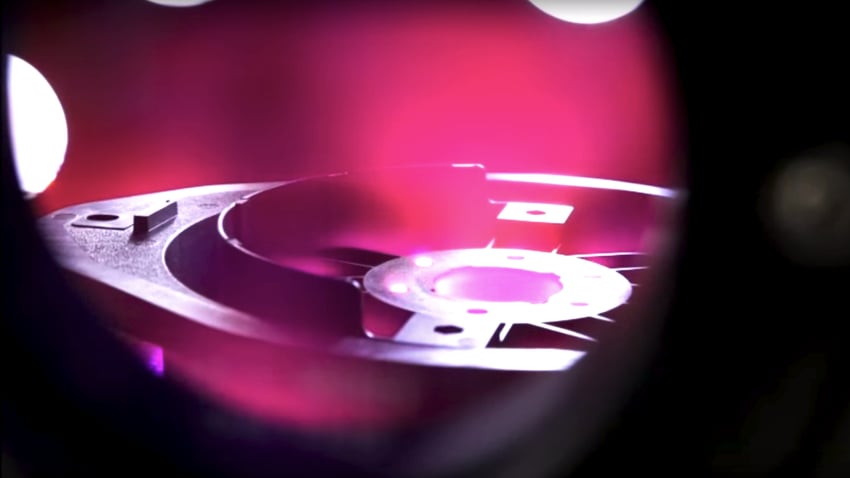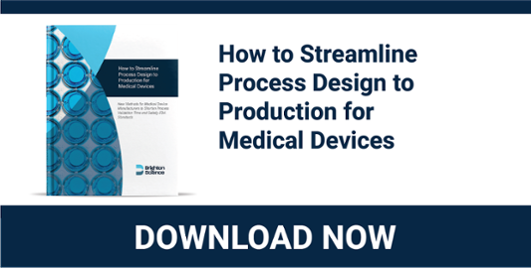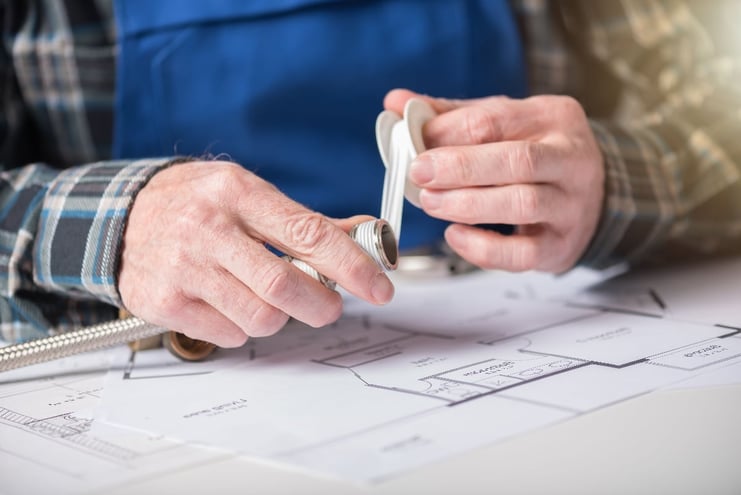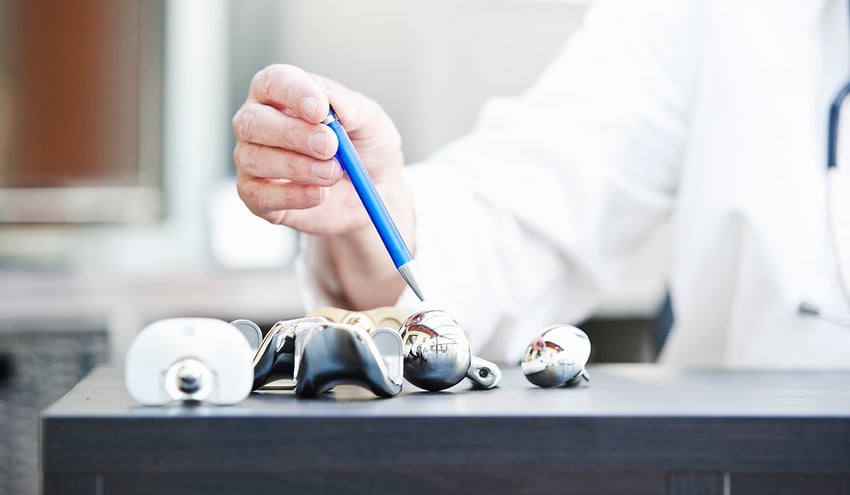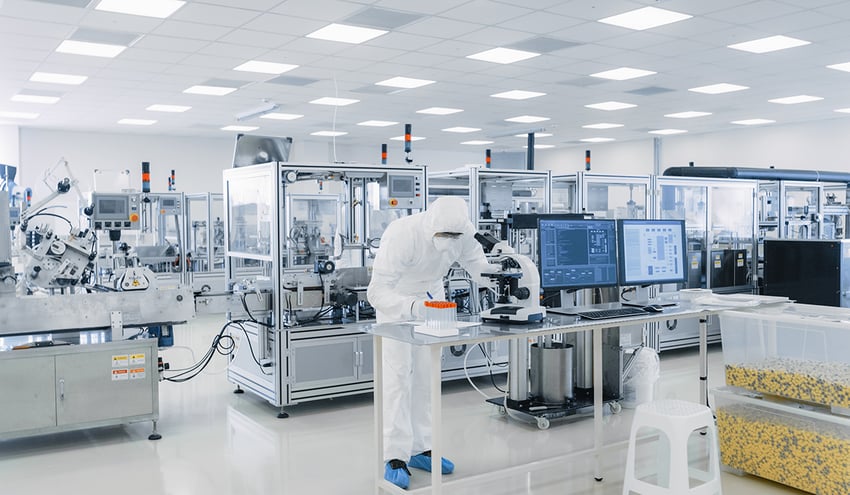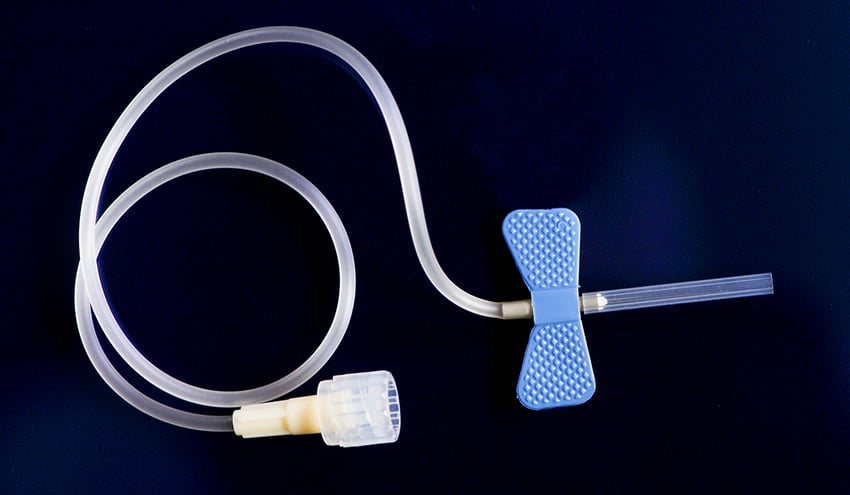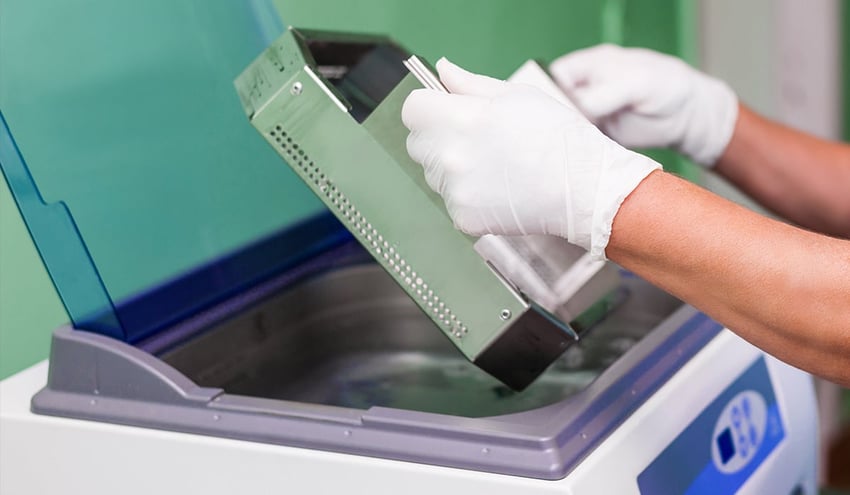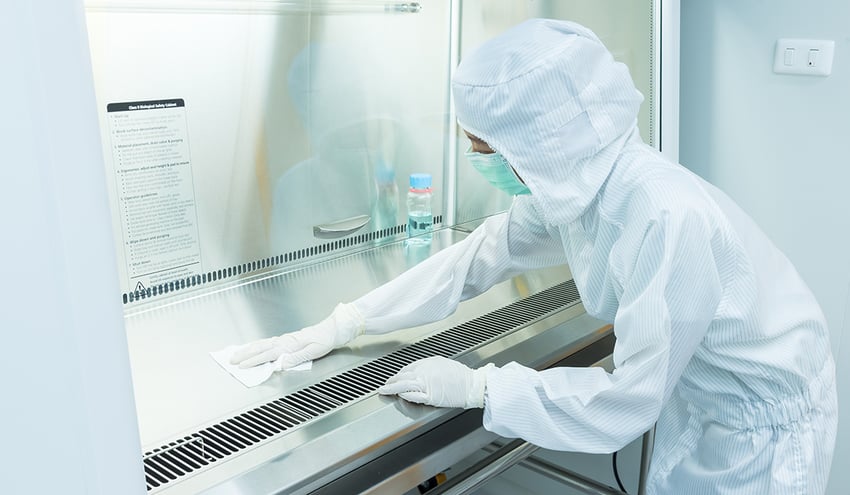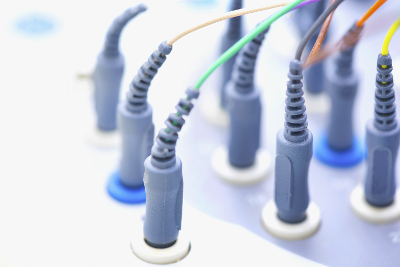Vacuum plasma is the treatment method of record for many manufacturers. Not only because it is a legacy technology proven useful over many, many decades but because it can be particularly effective at creating chemically reactive surfaces of various geometries that need to be bonded, coated, painted, or printed.
Industries like medical device manufacturing, automotive building, and aerospace are often bonding dissimilar materials (e.g. composite to metal, metal to polymers, polymers to other polymers with different chemical compositions, or even leather to polymers). In order to properly bond these together, the chemical composition of the surfaces of these materials must be amenable to the adhesive (or, in some cases, the coating, ink, or paint) that is being applied to them.
Many widely used polymers are extremely chemically inert, and if you are going to stick anything to them, you need to change the chemical composition of the surface of these substances. This is particularly true for many of the polymers used in medical devices, preferred because of their stability, versatility, innate hydrophobicity, and perhaps their antimicrobial properties. One of the best ways to ensure that these materials will establish a strong bond when building medical devices is by engineering the surface chemistry through plasma treatment.
Whether you’re an automotive OEM with large oven-sized plasma chambers or a medical device manufacturer treating tubing before coating or assembly in a tabletop station, the helpfulness of vacuum plasma needs to be understood and verified so it can be relied upon for your adhesion and cleaning process.
There are a few key areas that need to be closely watched and inspected in order to get the most out of a vacuum plasma system.
Rethink your adhesion manufacturing processes with Surface Intelligence.
What is Plasma Treatment, and How Does it Work?
The term “plasma,” when talking about ionized gas (ostensibly the fourth state of matter outside of the three most common: solid, liquid, and gas), was introduced to the world in 1927 by Nobel Prize-winning chemist and engineer Irving Langmuir. Langmuir was bringing the power of chemistry manipulation of material surfaces into manufacturing. His primary focus was on vacuum phenomena which led directly to the advent of modern vacuum plasma technology years later used to create bondable surfaces in basically every major manufacturing industry.
To learn more about maximizing vacuum plasma systems, download our eBook about detecting adhesion issues sources: Checklist: Adhesion Failure Root-Cause Analysis for Manufacturers
Vacuum plasma treatment works by placing the parts to be modified in the chamber, often on racks and trays suspended between electrodes. A vacuum is then pulled using a vacuum pump, and the process gas, typically oxygen, argon, or even just dry air, is introduced into the chamber. The electric field between the electrodes accelerates electrons which impact other gas molecules. These impacts create more free electrons and ions, along with various other excited and chemically reactive states. The reactive gas interacts with the surface by breaking molecular bonds at the first 1-5 layers of molecules on the surface. This can clean the surface of organic impurities. It also creates chemically reactive sites on the surface, which can improve the adhesion of paints, coatings, and adhesives. This kind of treatment is also called Low-Pressure Plasma because the pressure in the chamber is typically pulled to about 2-12 mbar (about two-thousandths of the earth’s atmosphere). At this pressure, the gas molecules are typically a few millimeters apart. This distance (called the mean free path) is important for forming the vacuum plasma: it allows electrons to accelerate to a high enough velocity to ionize gas (and surface) molecules on impact.
Vacuum plasma instruments contrast with atmospheric pressure instruments. These devices generate the plasma in a stream of flowing gas which is directed through a nozzle toward the surface to be treated. These can be very convenient for continuous processing, but the treatment is line-of-sight, similar to media blasting or spray painting. Vacuum plasmas, on the other hand, can clean and treat any place on a complex shape part that the plasma gas can diffuse to. It’s similar to comparing a pressure washer with an ultrasonic cleaner: one of them is better for continuous cleaning of relatively simple parts, and the other is a batch process but gets into all of the hidden nooks and crannies.
It is important to bear in mind that the kind of cleaning plasma does is not exactly the kind of cleaning an aqueous bath or manual wipe does. If there is a substance (such as an oil or silicone) on the surface, the plasma will be interacting with the surface of that substance and not the surface the operators are hoping to clean. If there are more than a few molecular layers of contamination, cleaning with a vacuum plasma may take a very long time. With enough power and time, plasma can remove certain substances from a surface, but it is always crucial to understand where that power should be concentrated. When you over-treat a surface, you can volatilize the surface and cause damage that is not possible to bounce back from.
In order to use plasma most effectively you need to know exactly what your surface looks like going into the treatment and what it looks like coming out: heavily contaminated surfaces should be pre-cleaned by detergents or solvents prior to plasma cleaning.
Understanding how plasma treatment works and its effect on adhesion is the first step to controlling the outcomes. But, to accomplish that more precisely, you need to be able to measure the surface cleanliness of your material surface before and after treatment. Getting a baseline before they go into the chamber and then getting a quantitative reading on the cleanliness and chemical reactivity once they have gone through the treatment gives you a thorough picture of how much the surface is changing.
Uses of Low-Pressure Plasma and How to Control it
Plasma inside the vacuum interacts with the top few molecular layers of the surface of the materials placed there. This is Physics and Chemistry coming together to help manufacturing, as they often do. This particular collaboration of the sciences allows for a lot of versatility with this treatment method.
As a cleaning tool, plasma can break down organic residues to gas-phase molecules which are removed by the vacuum pump. The contaminant molecules on the surface are then replaced with a chemically reactive set of molecules. So it’s a process of contaminant removal and then modification of the remaining surface molecules to a state ready to attach to a coating or adhesive.
Plasma activates a surface by invigorating chemically inactive surfaces that are innate to the material being treated. This is how a lot of low-energy polymers (polymers whose surfaces are not chemically reactive) have their surfaces transformed into something bondable without adjusting the unique properties of the bulk material itself. These polymers include thermoplastics like PEEK and Polyethylene, fluoropolymers like PTFE and FEP, and many other polymers common to the medical device industry.
Because of their chemical stability, fluoropolymers are some of the most difficult polymers to activate for adhesive bonding and heroic measures are called for to break the extremely strong chemical bonds on their surface. One approach is to use a liquid sodium solution, but it can also be done with a vacuum plasma if the gas includes a source of hydrogen as well as oxygen in the chamber. This process can be highly desirable because the more common sodium etching alternative can be toxic and costly (often requiring third parties to do the etching). Vacuum plasma treatment units are often used in the manufacturing facility and are relatively low in cost.
Vacuum plasma is not only effective for cleaning and activating a surface but a uniquely effective way of depositing very thin coatings on surfaces as well. The plasma can polymerize gases in the chamber to build long-chain polymers on the surface of the material being coated. This creates a very strong and stable coating.
Very recent studies have also shown an ability to sterilize and disinfect using vacuum plasma processes. Plasma has shown promising results for the inactivation of bacteria, some viruses, and fungus spores. The study linked above looks at applications for food safety in agriculture and food service industries.
All of these processes and methods of changing the surface of materials need to not only be understood but measured and controlled. Quantitative process controls that are sensitive to the chemical properties that are changing in the chamber are required to obtain actionable data on how effective the cleaning, treatment, or coating process was.
Using Surface Quality Measurement Equipment for Preventative Maintenance
Using surface quality measurement equipment as a process control method lets you know how efficacious your treatment process is. Like all quality control methodologies, developing specifications, metrics, and standards creates predictable outcomes and higher-quality products. Putting a specification on surface quality before and after treatment gives you the opportunity to optimize your surface preparation equipment.
There are many process parameters that need to be optimized for effective plasma treatment. These can include:
- Chamber pressure
- Location of the part(s) in the chamber
- Number of parts in the chamber (loading effect)
- Duration of treatment
- Process gases
- Flow rate
- Power level
- Plasma frequency
- Chamber cleanliness prior to treatment
This last one is often overlooked or neglected. Unintended substances inside the chamber can be deposited on a surface if not cleaned. Typically, this requires routine wipe-downs with alcohol or sometimes a pure oxygen or oxygen + fluorocarbon (e.g. CF4) cycle in the chamber after a coating. Foregoing this maintenance can lead to dirty electrodes, which won’t put out the desired power and may not give the expected results. The chamber door seal needs to be checked and maintained as well to ensure the integrity of the vacuum being pulled in the chamber.
Get hands-on with your surface cleanliness with the Surface Analyst 5001.
There are many applications where plasma use in a vacuum chamber is the ideal method, but with the ever-changing landscape of materials, the versatility of the plasma units, and the highly technical parameters that need to be dialed in, it’s crucial to have a way of ensuring that this technology is being used optimally every time. A quantitative data-driven specification needs to be developed for the materials according to their innate features and desired outcomes, as well as for the plasma unit itself, so cleanliness can be maintained all around.
For more information about how to build a treatment, coating, or adhesion process that achieves the highest levels of productivity and efficiency, download our eBook on scaling from product development to production with a new level of smoothness. The sources of chemical contaminants that interfere with adhesion and cleanliness do not always come from the places you expect. Use our guide to discover how to use your treatment equipment to do what it was built to do and bridge the gap between R&D and production. Download the eBook today: How to Streamline Process Design to Production for Medical Devices.

